-
 play_arrow
play_arrow
Clubalicious Clubalicious Radio
-
 play_arrow
play_arrow
London Calling Podcast Yana Bolder
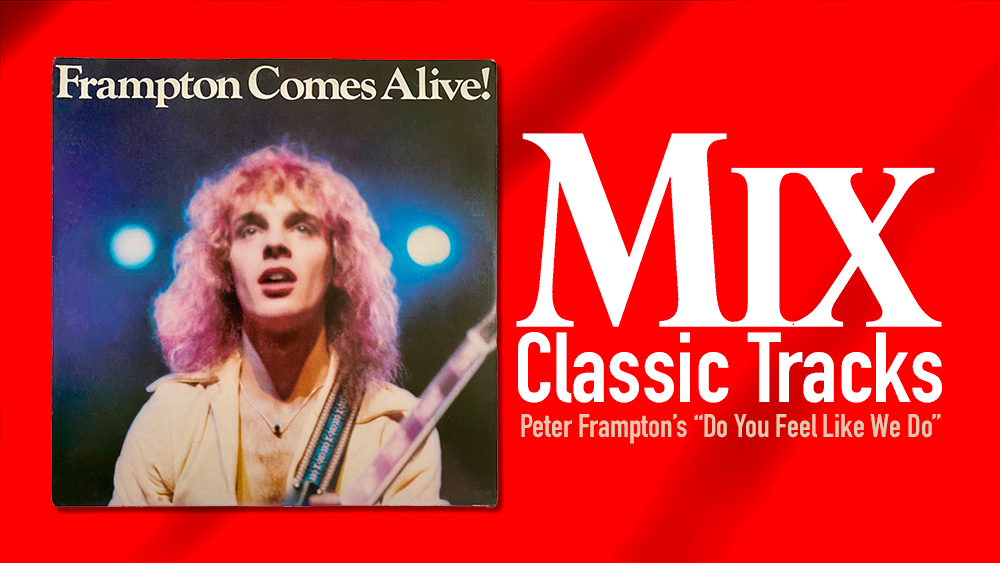
When Frampton Comes Alive! was first released in January 1976, no one could have predicted it would become the virtuoso guitarist’s signature album, selling 8 million copies in the U.S. and countless more around the world. The live double-LP set spawned three top-15 hits on the Billboard chart—”Show Me the Way,” “Baby, I Love Your Way,” and “Do You Feel Like We Do”—the last of which clocked in at well over 7 minutes. Edited down from the full live album version which was nearly twice as long, “Do You Feel Like We Do” was still one of the longest hit songs ever, highlighted by the guitarist’s trademark talk box-effected playing.
Like many touchstone albums of the era, Frampton Comes Alive! has been reissued in a variety of formats over the years, but even so, Frampton admits he wasn’t sure about Dolby Atmos as a music format when it first ventured out of cinemas and into the album arena. After all, he had seen the excitement of earlier surround iterations such as quadraphonic recording in the 1970s and later 5.1 surround sound efforts wane.
In fact, in the last 30 years, mix engineer Chuck Ainlay has worked on a number of those surround projects with Frampton, creating a 5.1 mix for the guitarist’s 2007 Grammy-winning instrumental record, Fingerprint, as well as for Peter Frampton Live in Detroit and, most crucially, 25th and 35th anniversary editions of Alive!
More recently, Frampton and Ainlay have given a Royal Albert Hall concert the spatial music treatment and now have added a Dolby Atmos version of Frampton Comes Alive! to go along with what was up on iTunes, changing the pre-existing offering on the streaming service. Getting the project to that point—and particularly the epic 14:16 version of “Do You Feel Like We Do”—was no simple exercise, however.
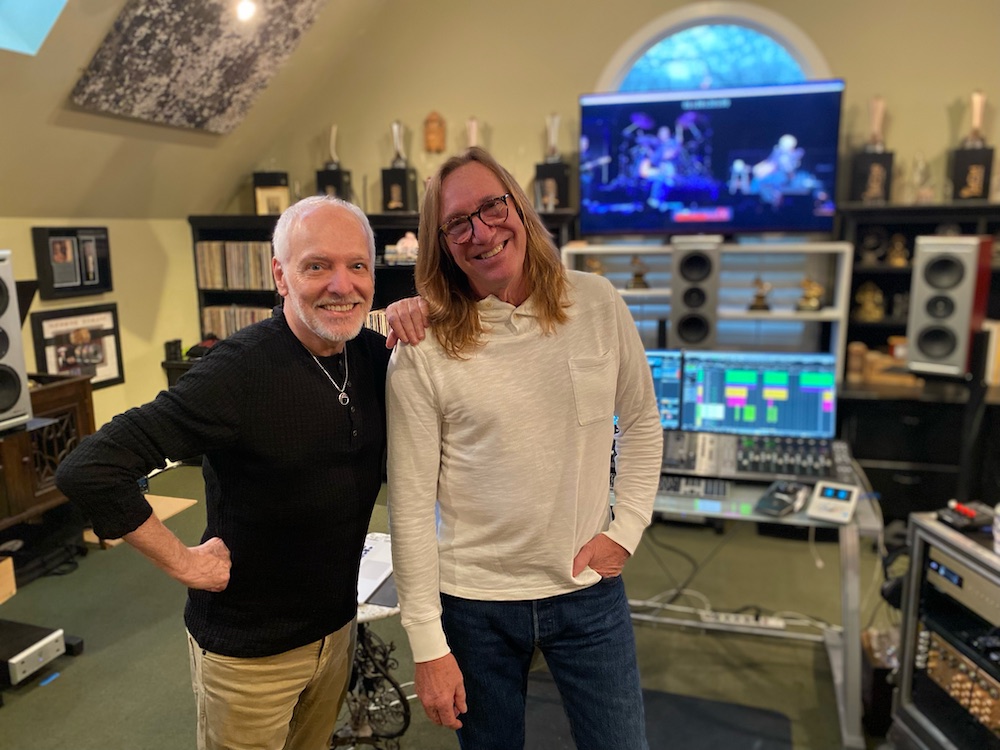
In the Summer of 2023, while Frampton was on the road, Ainlay received the transfers for Alive! “Initially, when we did the transfers for the 25th anniversary, we baked the tapes and transferred it at 96K, so I received those transfers, along with the original track sheets we wrote out,” Ainlay details.
Of course, the beginning and endings of the stereo version should have been within seconds of what was available on iTunes, but Ainlay discovered there was a considerable difference in speed between the iTunes recording and his transfers. He also found there was extensive mastering EQ and compression on the iTunes version, as well as fade-outs from one song to another. The strange result was that it was the same music and performances, but not presented in a way that fans were familiar with—or that Frampton had originally intended. Nonetheless, Ainlay created an Atmos mix that matched the sound and editing of the iTunes version, and when Frampton returned to town, they went into Nashville’s Blackbird Studios to play it back.
“It was really fun watching him listen to it—he was like a kid,” Ainlay recounts. “He’d hear things and go, ‘Oh God, there’s that really bad, out-of-tune note’ or ‘There’s that person whistling.’ It was like he was in it and hearing things in the audience he had never heard before because it’s sort of exposed.”
Frampton loved hearing the album in the Atmos format, but he was sure the original version did not have fade-outs, so he got hold of Universal Music vice president, Catalog A&R Mike Ruthig, referred to as “The Tape Sleuth,” and asked him to track down the original 1970s vinyl master created by mastering engineer Doug Sax. Ruthig soon found something even better: the master mixes that live recording engineer Chris Kimsey and Frampton originally gave to Sax.
With the original mixes now in hand, it was clear the problematic stereo version on iTunes had to replaced. While Sax passed in 2015, Ainlay enlisted mastering engineer Gavin Lurssen—who assisted for Sax in the 1990s—to create a remaster of the original stereo mix so that the tape speeds and sound were nearly identical to the original LP. With that process finally completed in September, 2023, Ainlay now had an accurate stereo mix to match as he began building a brand-new Atmos mix of the entire album.
The engineer’s vision was to mix it from an audience perspective: “I felt that this was such an iconic album, so I didn’t want to do something crazy like put the piano behind me as though I was onstage; I wanted it to be as though I was a listener in the audience,” he says, explaining that listeners can hear the crowd all around themselves. “There’s one point in one of the songs—not this one—where you can hear someone just to the left of you yell, ‘I love you Peter,’ and Peter goes, ‘I love you too,’ and you can almost reach out and touch that person.”
The 24-track recording was captured differently than a live record today might be, using far fewer audience microphones: “They recorded this with a couple of shotguns from the stage looking out at the audience and then some deeper-in-the-room audience mics. Those deeper mics are set behind and slightly above you to fill out that whole space, and then the shotguns from the stage are in front of you, so it gives you this whole surrounding feel. With live performances, you have the audience bleeding into the vocal mics, but instead of trying to clean everything up in between the vocals and clearing out the bleed so it will be a more pristine recording, I left all that open so it enhances the feeling that you are in the room.
“I didn’t use any upmixing,” Ainlay continues. “The shotgun mics that were on the stage pointing out to the audience were panned to the left and right front speakers, and the mics that were in the audience were panned to the rear speakers and somewhat panned up to the height speakers. Leaving the vocal mics open, and with the effects I used on those, really created that sweet spot in the audience feel.”
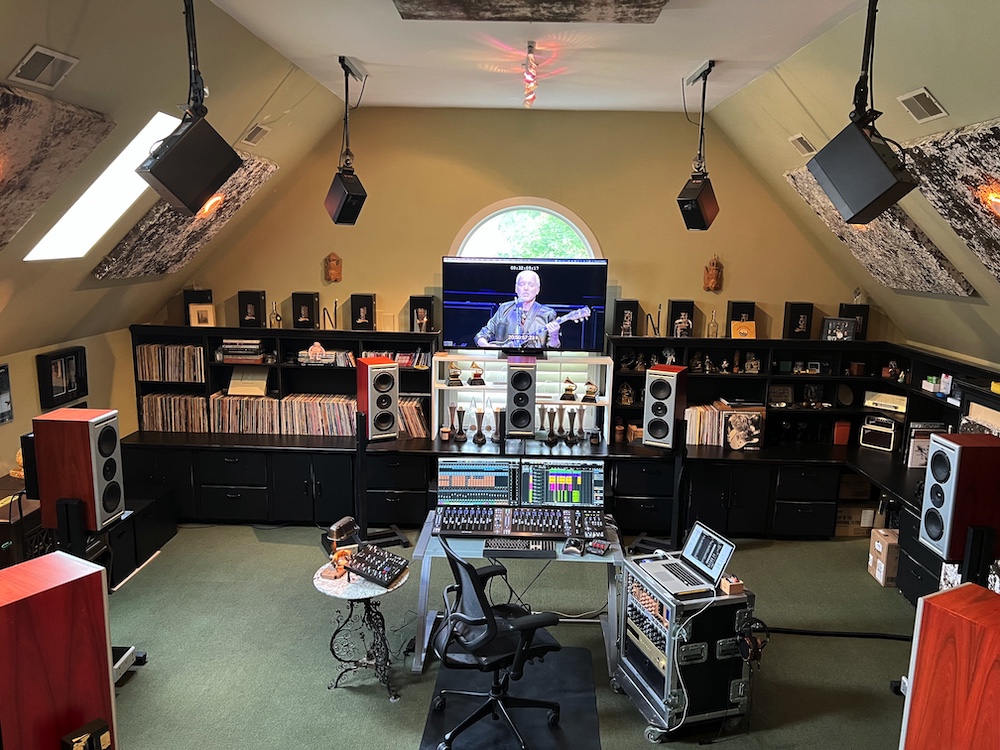
Ainlay worked in his home studio with a 9.1 speaker configuration meeting the Dolby Atmos spec. The nine main channels are Applause S Active speakers, very few of which were ever made by now-defunct manufacturer Threshold Audio.
“I have a couple spares just in case something should happen,” Ainlay says. “Cross your fingers! They each have a 300-watt, Class A mono block amp made by Threshold. I’m using JBL passive 805s for the height, with a Crown DCi 8 300 powering them. The subs are Neumann active KH 870s—one is handling the bass management and the other is the LFE channel that also acts as bass management for my nearfield ATC SCM25A MK2s for stereo monitoring. The monitor controller with room EQ is a JBL Intonato. Steve Durr did my room tuning. I have the dCS Bart k DAC that drives my ATC nearfields and is also a very high-end headphone amp. I use numerous headphones for checking Binaural, including headphones from Audeze, Apple, Neumann, Sennheiser and Sony that are all open-back models.”
Ainlay uses Nuendo Software, and having grown up on an SSL, has the SSL channel strip (“The actual SSL one”), SSL UF8 Advanced DAW Controllers, a UF1 Advanced DAW Controller and a UC1 Advanced Plug-In Controller. “Working at my desk, I basically have an SSL console,” he said. “I have those channels on just about everything, so I can use the channel compressor and EQ like I would if I were mixing on an analog desk.”
The biggest challenge on “Do You Feel Like We Do” (and many of the others that originated from a performance at San Francisco’s Winterland, where most of the recordings came from) was that when Frampton walked on stage, he accidentally knocked into the kick drum microphone. Consequently, the mic moved slightly and instead of pointing at the bass drum, it pointed sideways. While Ainlay feels the accident gave it a cool jazz vibe to suit Frampton’s finesse and virtuosity, the positioning did make it challenging to get a good drum sound.
On his other mixes of the album, Ainlay added a sample into the drum sound and today he suggests that may have fueled rumors that the album was done in the studio. The rumors are untrue, of course, but Frampton is transparent that there were some necessary fixes here and there, explaining, “The piano on ‘I Wanna Go to the Sun’ was intermittent, so that had to be replaced; Bob (Mayo) managed to completely replace it. On ‘Show Me the Way,’ we had one electric guitar track and they had to move the microphone to a different amplifier, and they forgot to do that so the rhythm guitar on my ’55 Stratocaster had to be replaced in the studio. The acoustic rhythm on ‘Baby I Love Your Way’ was also intermittent, so I replaced that in the studio. The high-part vocal on ‘Show Me the Way’ was not in the show, so we did add that. On the first number, ‘Something’s Happening,’ my performance was less than stellar because those were the days when I was not doing vocal exercises, so I resang some portions of that.”
Despite the drum mic mishap, however, there were no studio additions to “Do You Feel Like We Do.” With an eye towards flexibility, Ainlay put the bass drum, snare drum, bass and lead vocals in the bed: “To me, a speaker in the middle is more cold-sounding—you can really identify where the sound is coming from, exactly from the middle—whereas when it’s a phantom image [coming out of the left and right speakers], it kind of floats more…so in the bed, you have the ability to use divergence—in other words, take the center out and spread it so it’s coming out left and right speakers, [giving it] a phantom image.”
Taking that approach gave him more options. “Simply stated,” he says, “I duplicated the bass drum and the snare and bass and vocal so they’re in the bed as well as an object. I also created a parallel compressor like I would do in a stereo mix on the bass drum and snare drum, and I had parallel over all drum compression so that helped give me the feeling of that stereo compression you would have on a normal stereo record on the drums—and yet I could vary the amount of that. One of the great things about Atmos is it sounds better when it’s dynamic, whereas with a stereo record, you’re trying to squeeze all this stuff into two stereo speakers; now the sound is coming from all around you and it can live. It sounds better when it is more opened up, more alive. One of the things I love about Atmos is it just sounds more real.”
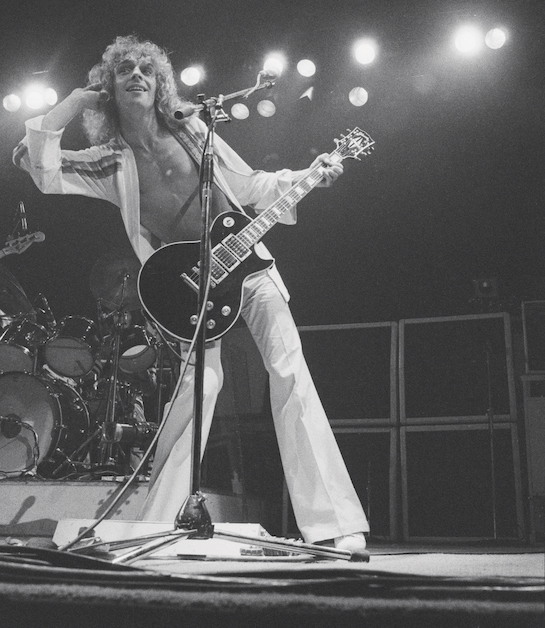
Ainlay also duplicated the talk box track so it was both in the bed and an object, and it’s a key part of the song. “I think the thing that makes the talk box so interesting was how loud it was live,” notes Ainlay. “The talk box comes from all around you because it was really out in the audience. You can’t see it, but if you’re listening, after the piano solo, Peter plays some guitar solos and there’s this pause and then a huge eruption of the audience and you wonder what that is all about. Then he says, ‘Really?’ And the audience screams and then he starts playing the talk box—so obviously he was pointing to the talk box. The audience reaction during the talk box section is fabulous.”
Frampton, who will be inducted into the Rock and Roll Hall of Fame on October 19, still loves the original version of the album, keeping a warm spot in his heart for the mixes he and Kimsey did. “I know what we went through to get those mixes,” he recalls. “There was no automation back then; it was ‘all hands on deck.’” Still, Frampton concedes that this incarnation is probably that one, but improved. “Because it is immersive,” he says, “it’s going to sound more exciting. Listening to ‘Do You Feel,’ hearing the band….
Frampton pauses, then continues: “We were young, we were so into it, we were well-oiled, and to hear John Siomos, rest in peace, and Bob Mayo, also rest in peace, Stanley Sheldon and myself—just a four-piece—rock that audience on ‘Do You Feel!’ That crowd went absolutely nuts! We had been going heavily since March or April of that year, ’75, and this was the middle of July. Hearing it just reminded me of how incredible the band was and the reception for our very first headlining show.”
Written by: Admin
Similar posts
Recent Posts
- 🎶 New Music: JID, OneRepublic, Morgan Wallen, Post Malone, MarkCutz, Kidd Spin + More!
- Classic Tracks: The Fireballs’ “Sugar Shack”
- Classic Tracks: Arlo Guthrie’s “City of New Orleans”
- Classic Track: k.d. lang’s “Constant Craving”
- Classic Tracks: Waylon Jennings’ “Are You Sure Hank Done It This Way”
Recent Comments
No comments to show.Featured post

Latest posts

🎶 New Music: JID, OneRepublic, Morgan Wallen, Post Malone, MarkCutz, Kidd Spin + More!

Classic Tracks: The Fireballs’ “Sugar Shack”

Classic Tracks: Arlo Guthrie’s “City of New Orleans”

Classic Track: k.d. lang’s “Constant Craving”

Classic Tracks: Waylon Jennings’ “Are You Sure Hank Done It This Way”
Current show
Upcoming shows
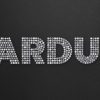
STARDUST
Presented by Bergwall
17:00 - 19:00
Femme House
Lp giobbi
19:00 - 20:00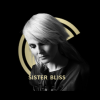
In Session
Sister Bliss
20:00 - 21:00
It’s A London Thing
Ginger Tim
21:00 - 00:00
It’s A London Thing
Ginger Tim
00:00 - 02:00Chart
Powered by Dee jay promotions visit us








 Invalid license, for more info click here
Invalid license, for more info click here